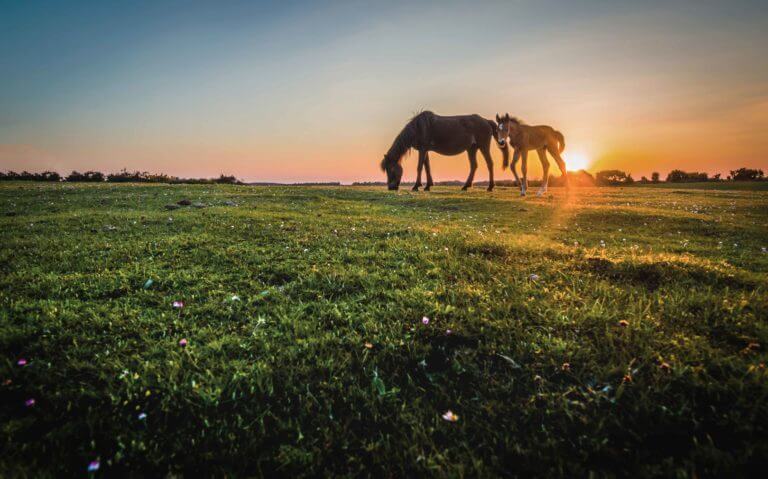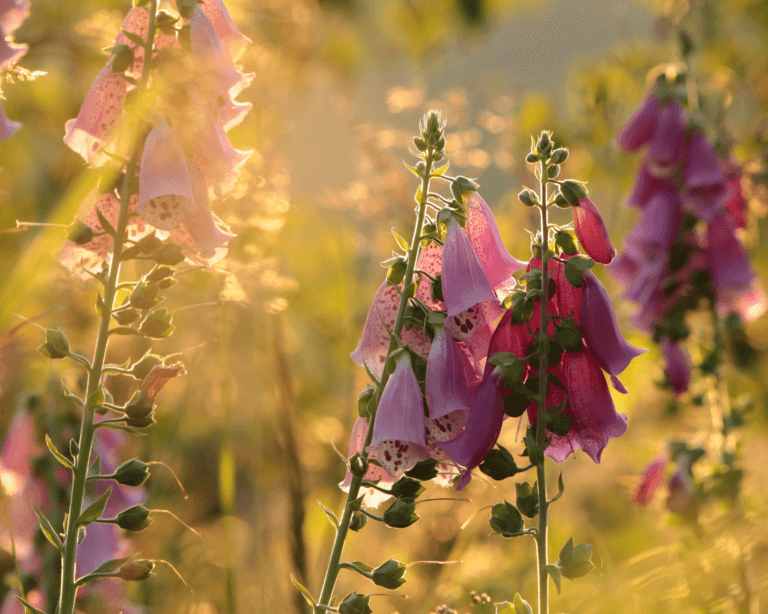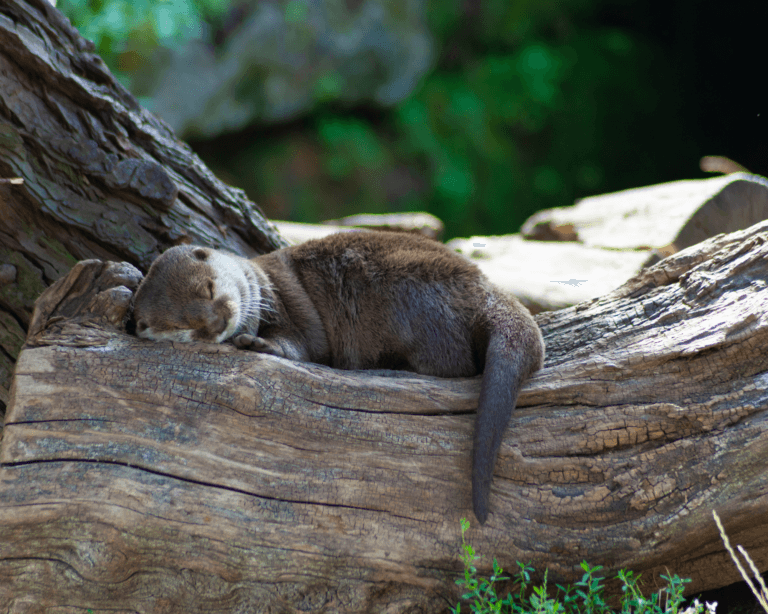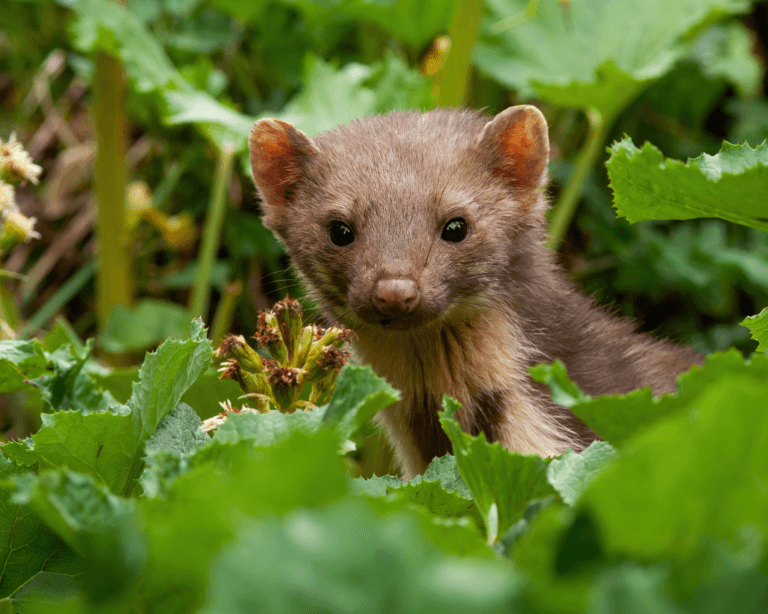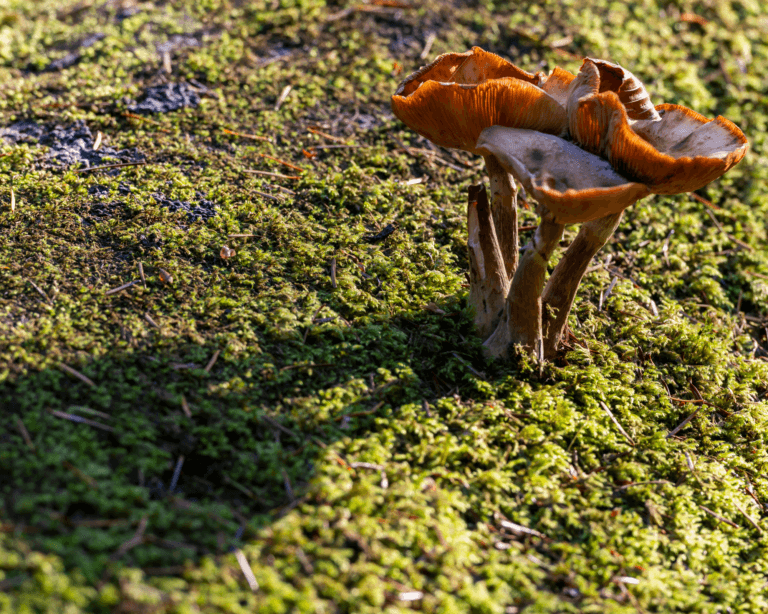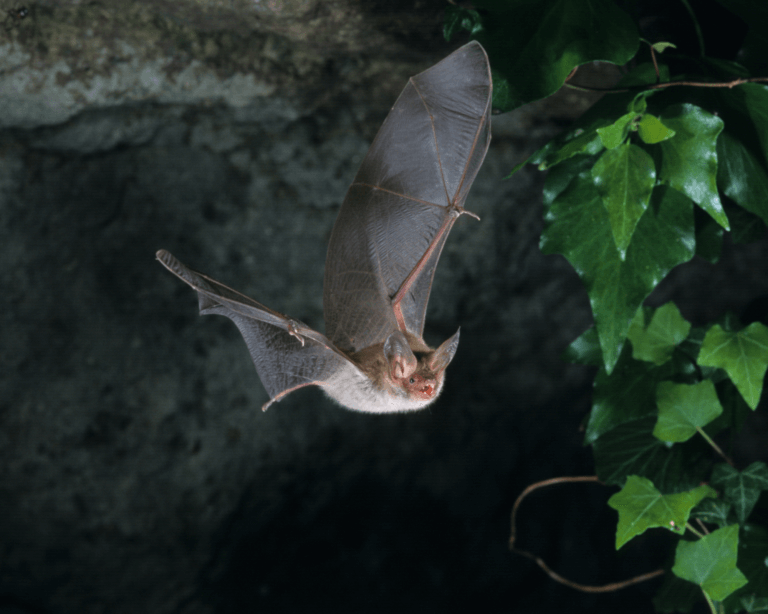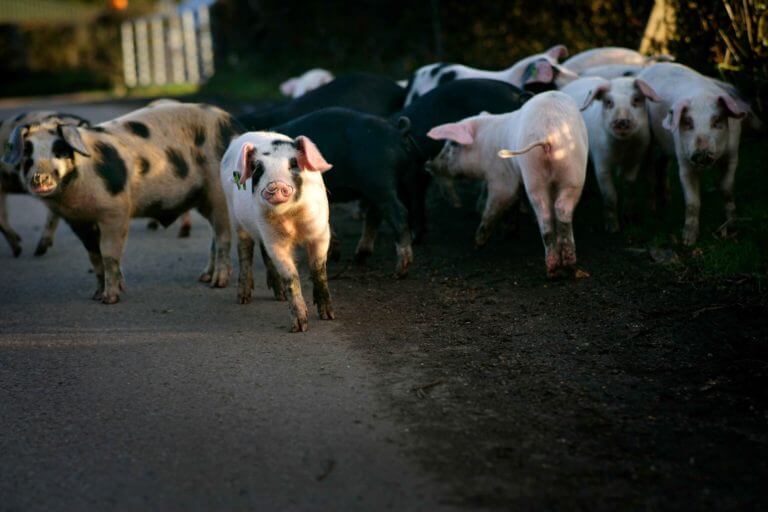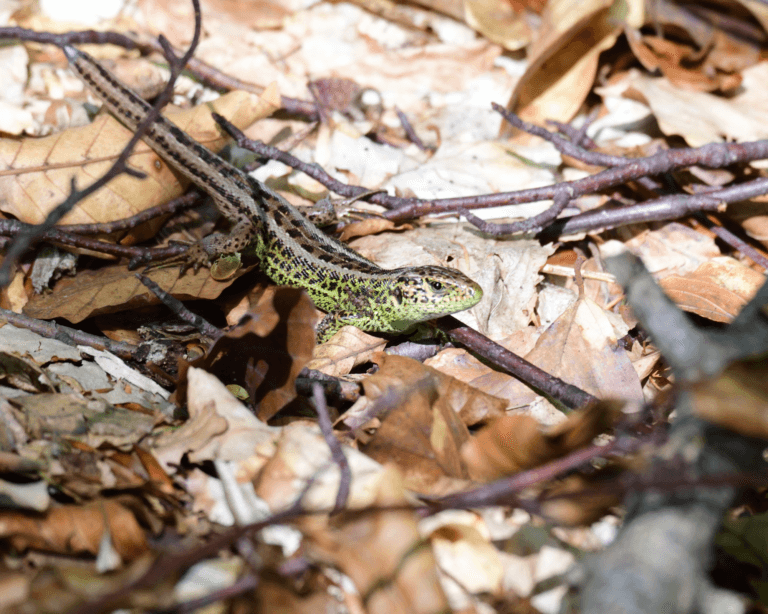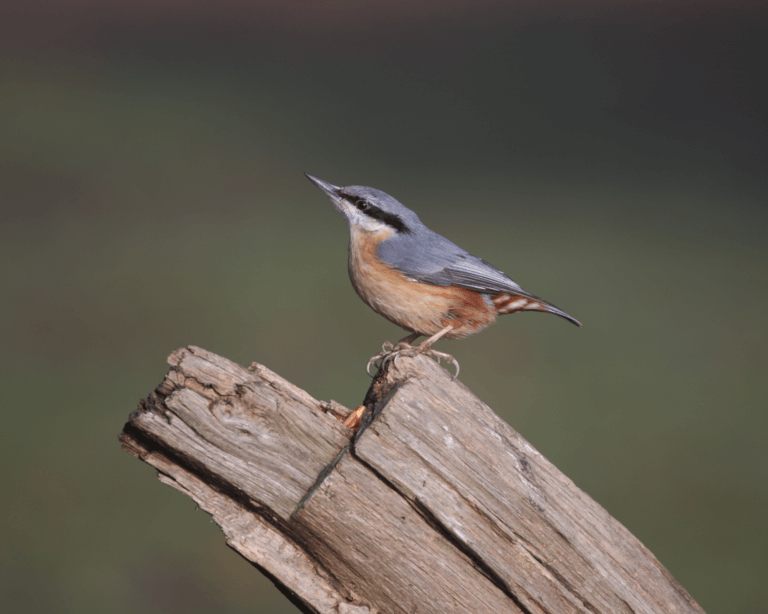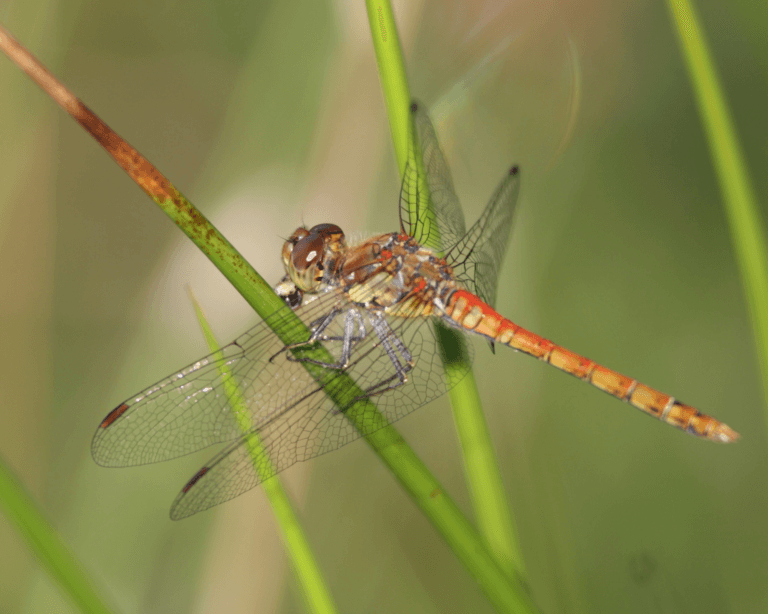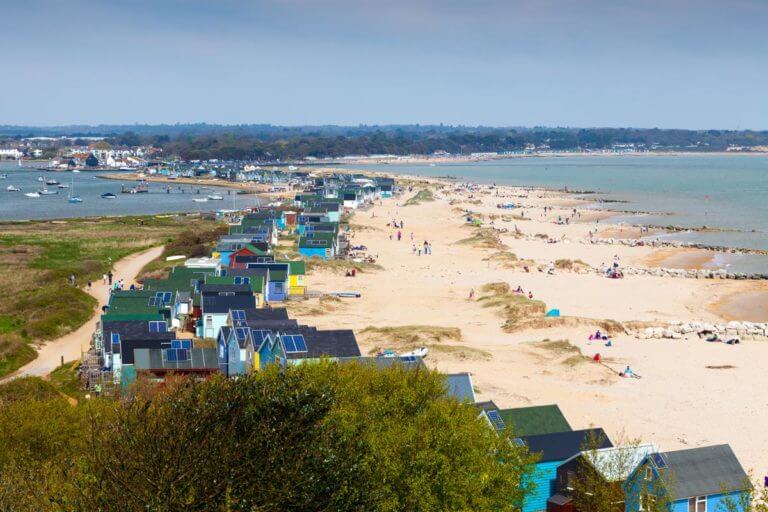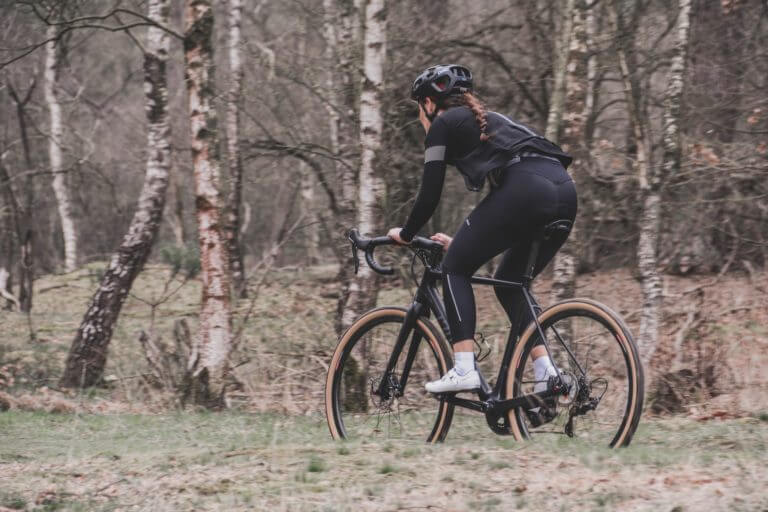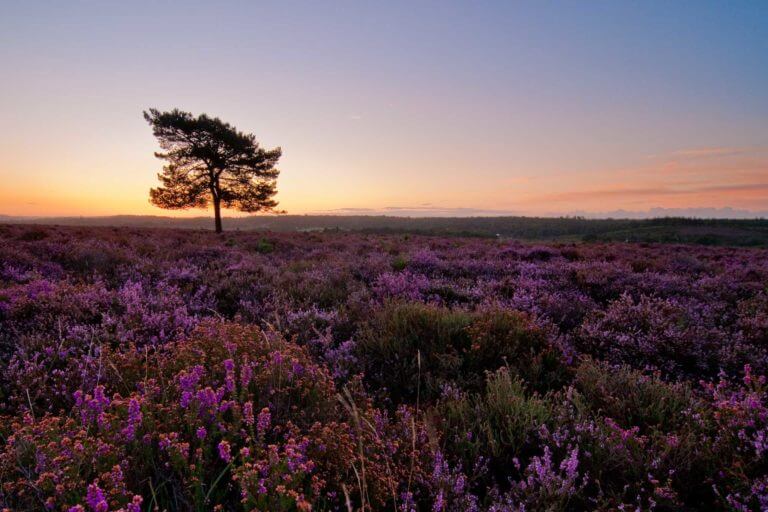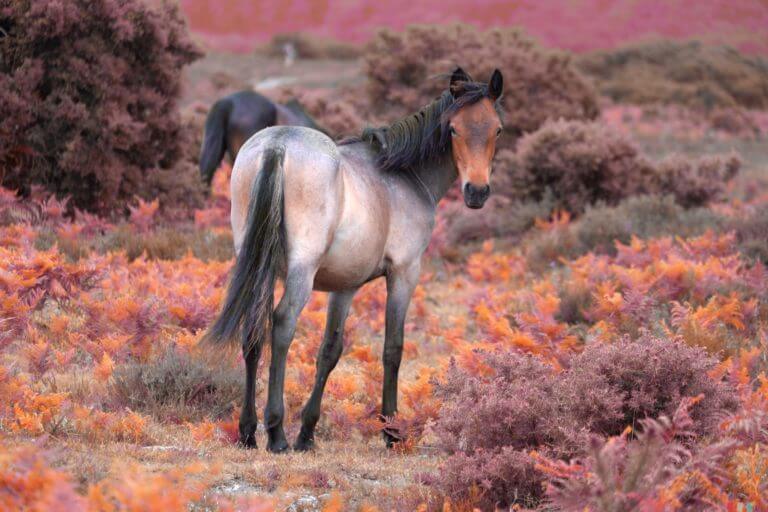New Forest Wildlife – What you’ll see during your stay
The wonderful New Forest National Park in which our hotel resides, is home to an abundance of wildlife.
Having the highest possible conservation status and legal protection means animals, flora and fauna can thrive here. And it’s not just home to the most photographed and well known of the New Forest animals, the ponies.
There are donkeys, deer, cattle, rabbits, squirrels, and foxes to spot on your weekend away or cycling break. However, throughout the New Forest’s miles of woodland, heathland, and bog there’s also a huge variety of lesser-known species to find, from endangered fungi to otters and bats, so we’re sharing a few more of the wonderful animals, birds, reptiles, flora and fauna to look out for during your next stay.
Flora & Fauna
Whilst you’re exploring the New Forest by bike or on foot, lookout for flowers like the bog orchid, just one of fifteen orchid species that can be found here, as well as wild gladiolus, cross-leaved heather, foxglove, bog myrtle and cottongrass.
Otters
An animal that is ever-present along the coast of the New Forest but perhaps less often spotted is the otter, which has recently also been seen within the interior of the park, most likely searching upriver for sea trout. It’s best to lookout for these beautiful creatures at New Forest waterways, close to the coast and around dawn or dusk.
Pine Marten
Excitingly there has been evidence in recent years of the return of the Pine Marten, a member of the weasel family. Thought to have been driven out of the area and although still elusive, they are known to be breeding and thriving in several areas of the park once again.
Fungi
When it comes to fungi, we have no shortage, in fact our National Park boasts more than 2,500 types of fungi which add to the rich biodiversity of the park; whilst they’re food for some of the wildlife, they also help to sustain the fragile ecosystem that exists, with rare and endangered species still being discovered. The best time to spot fungi is during the autumn months so take to the paths by bike and venture through woodland and heath, keeping an eye out for their beautifully diverse forms.
Bats
9 species of bat have been documented in the New Forest, including the very rare Barbastelle and Bechstein’s. After hibernation through winter, they are most active during the summer months in warm, dry weather, and are best spotted at sunrise or sunset whilst hunting for insects.
Pigs
Have you seen our pannage pigs? Every autumn the snuffling pigs sent are out in the park by Commoners for the Pannage, a tradition dating back the time of William the Conqueror, where pigs are released to eat the acorns and chestnuts that are poisonous to the ponies.
Reptiles
There are 6 UK native reptiles that can be found in the New Forest, all favouring the south’s warmer climate and the park’s sandy soil, which heats quickly in the sun, whilst the vegetation provides great coverage and protection. Look out for slow worms, common lizards, and sand lizards. The adder is the UK’s only venomous snake, sometimes spotted whilst they bask in the sun on south-facing banks. One particular spot that makes a great cycle is along sections of the old railway line between Burley and Brockenhurst. The New Forest is also home to the more elusive non-venomous grass snakes and smooth snakes.
Birds
Our National Park is a Special Protection Area for Birds and a safe haven for some rare and endangered species including the Redshank, Lapwing, Curlew, Dartford Warbler, Nightjar and Woodlark. Birds are most active in the morning so after your delicious breakfast hop on your bike and head for the forest. There are also birds of prey to look for like the Hen Harrier and Merlin.
Dragonflies & Damselflies
Our streams, bogs and wetlands are important habitats for the small and beautiful dragonfly and damselfly, wonderfully 75% of all species can be found in the National Park, including the rare Southern Damselfly. Keep an eye out and spot the difference; dragonflies are bigger than damselflies, holding their wings out like an aeroplane once landed whereas the damselfly closes or half closes its wings upon landing.
There you have it, just a few wonderful reasons to book your next cycling break in the New Forest and to buy those binoculars. With plenty of rare and beautiful species to look out for, you can pack a picnic and take to the quieter spots and paths and discover the true beauty of our vibrant National Park that’s teeming with life.
